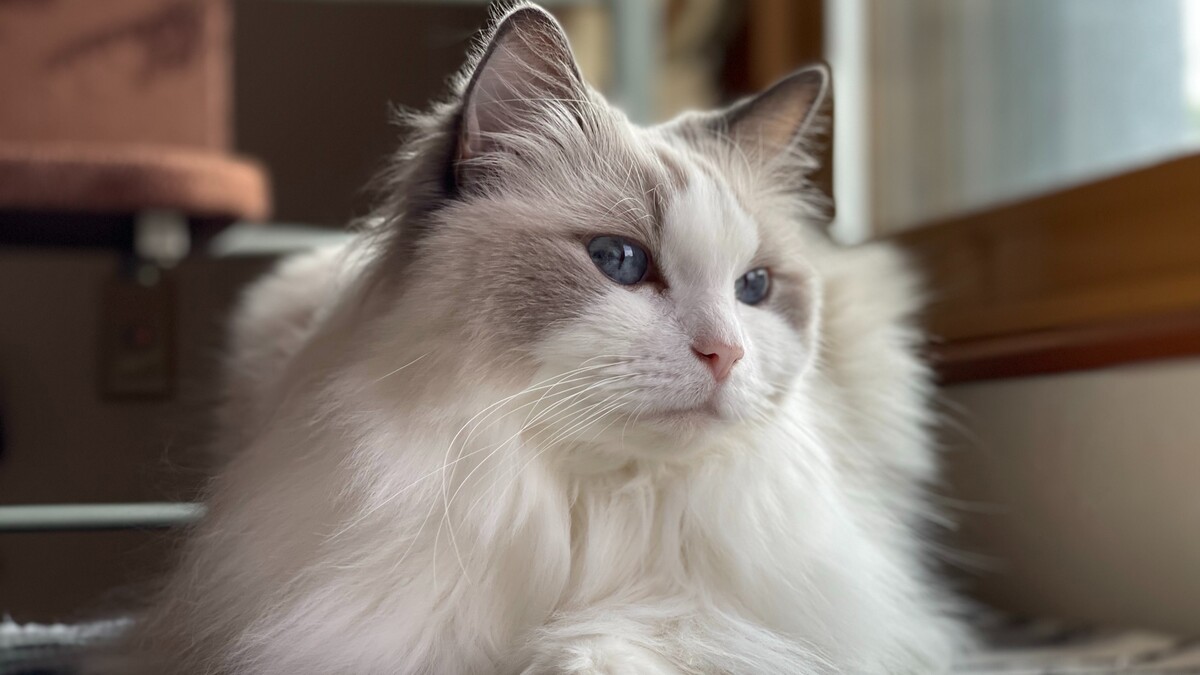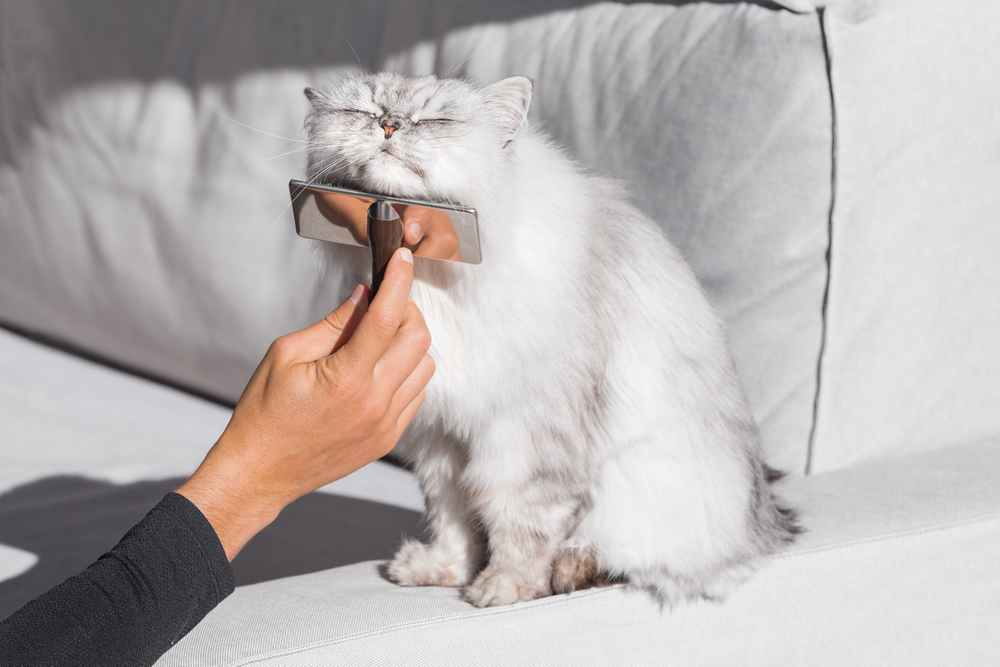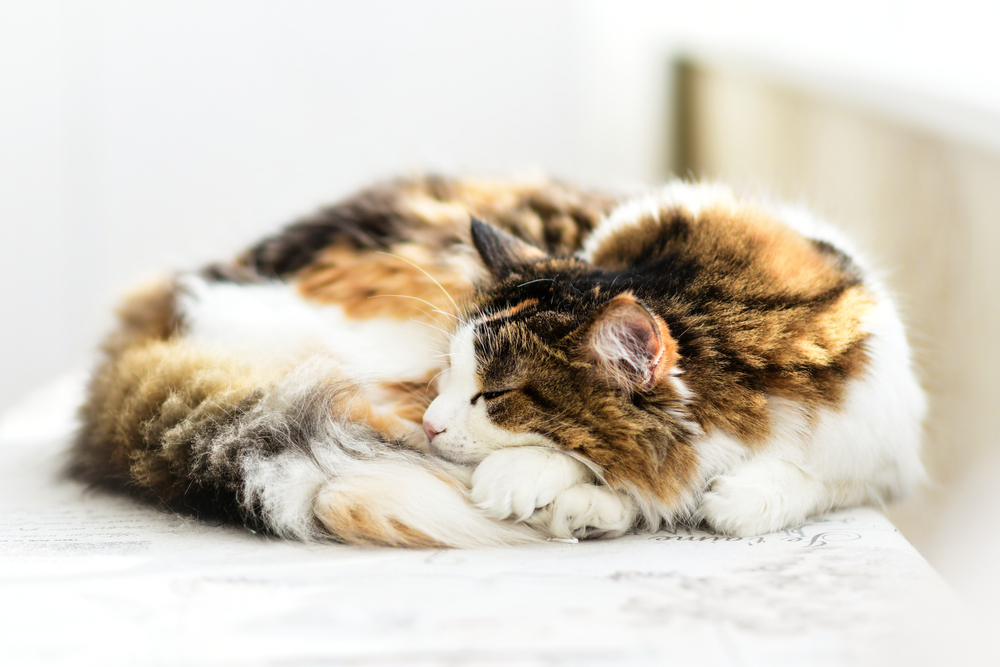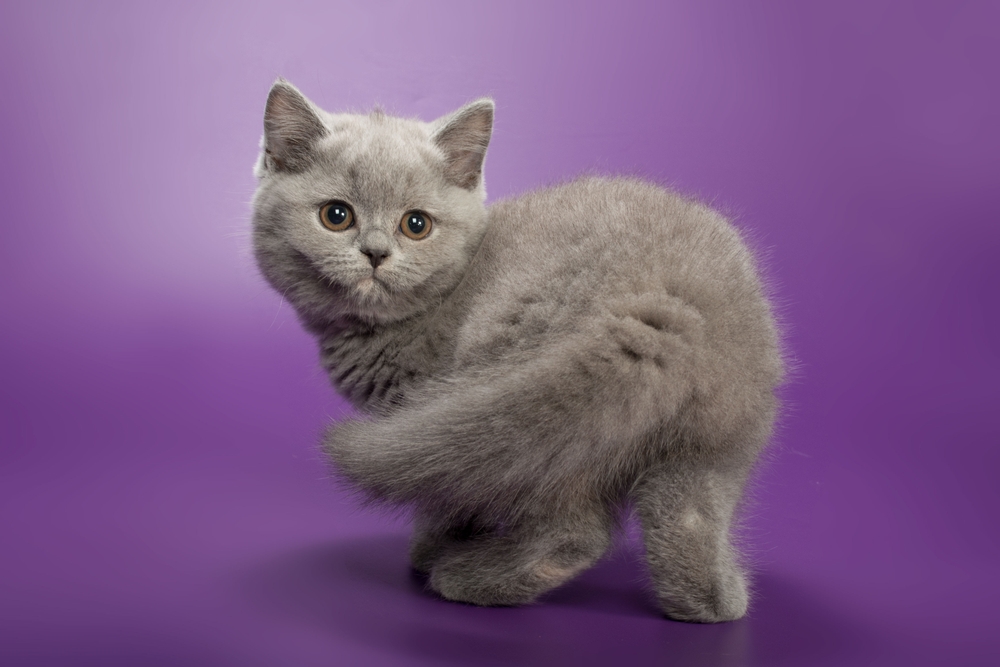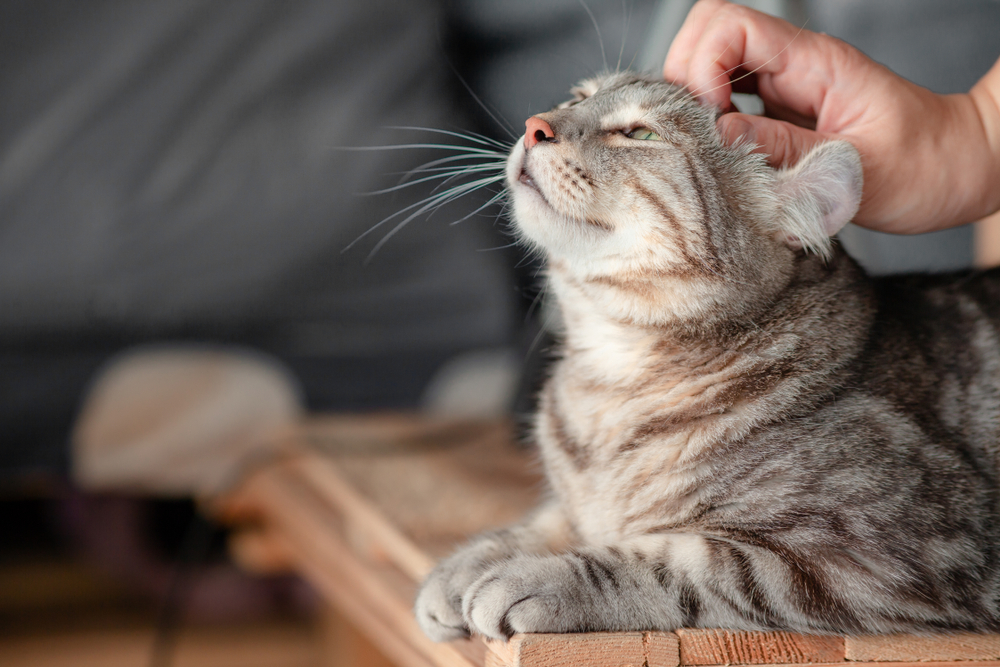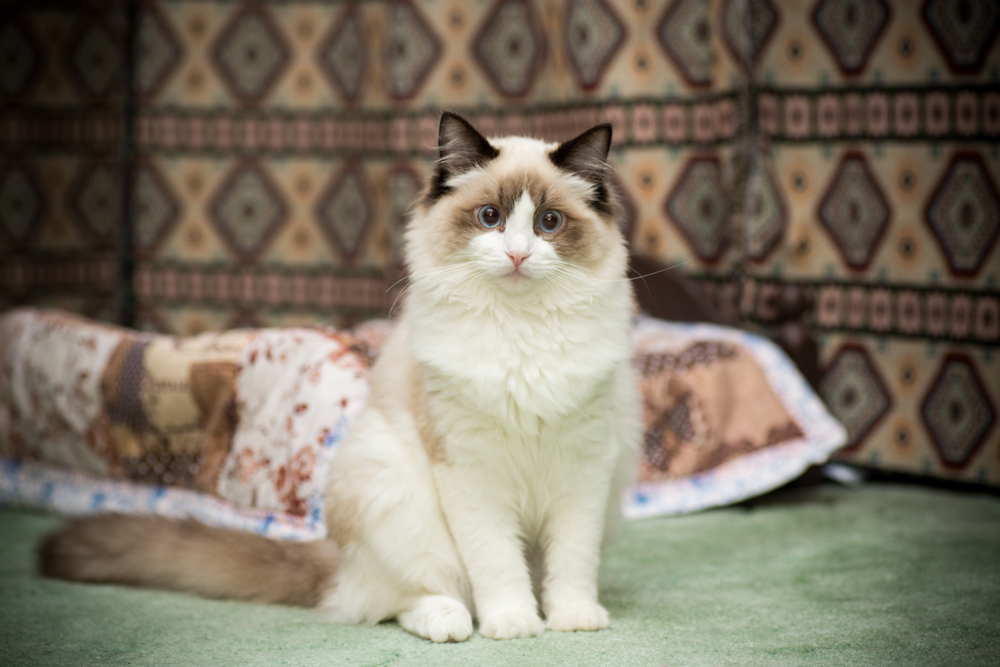📖 Table of Content:
Why are cats so soft? Have you ever wondered about that? Well, if your answer is yes, don’t worry, you are definitely not the only one.
Not a day goes by without me burying my head in the soft belly of either one of my three adorable kitties (even though I know how much they despise it). Honestly, I could live in the fluffy furriness of their silky soft coats. That’s what heaven feels like if you ask me.
The softness of their fur greatly depends on the breed they belong to and the way their owners take care of them. However, there are some other secrets to reveal.
We have dropped the feline fur-care routine, and if you want to find out more about it then keep on reading!
Why are cats so soft?
If our feline friends could talk, I am sure they would have a lot of beauty secrets to share with all of us.
Luckily for you, there’s no need for you to teach your kitty basic English, nor do you have to enroll in a Catspeak course. Feline whisperers at Cats Chef have managed to learn all there is to know and unravel the mystery behind the softness of their fur.
1. It’s in their genes
We’re starting with something that most of us already expected to be included. Some kitties naturally have softer fur than others do.
The softness could be inherited from their parents, or it could be a result of evolution where they developed this much-needed adaptation. Their fur had to become denser and therefore softer in colder climates.
Other felines might have rougher and shaggier coats for the same reason, which is not necessarily a bad thing.
The softness of their coats also depends on the length of their fur. For example, Ragdolls are one of the most famous long-haired breeds. Their fur is extremely fluffy and soft, and cuddling them feels like cuddling with a cloud.
On the other hand, American Wirehair is a short-haired feline whose fur is tight, coarse, and springy. It is often compared to the lamb’s wool, and it can be perceived as soft, but not as soft as coats of some other felines.
2. The secret is in grooming
Another reason why cats are so soft hides in their favorite pastime activity – grooming! It’s not enough to be genetically predisposed to silky soft fur. It also has to be regularly and properly maintained.
Cats are very meticulous when it comes to grooming. According to some cat experts, an average feline spends anywhere between 30 and 50 percent of her day grooming herself.
When you think about it, that’s a significant amount of time spent just licking their fur, removing the dirt, detangling possible knots, and biting their nails. Grooming for them is also a form of conditioning since by licking themselves they distribute natural oils from their skin throughout their entire body.
However, grooming is best done when done in pairs! Many cat parents, including myself, spend a certain amount of time per week brushing their fluff’s fur, clipping their nails, and trimming the excess hair. What can we say? We love when our babies look and feel nice!
3. Some of them have double coats
Why are cats so soft? Well, some of them have double-coated furs. Most cats have an undercoat, which is generally softer and fluffier. Its main purpose is to keep them warm during colder months. This layer is often referred to as the down hair.
The outer layer, or the guard hair, is there to protect felines from the sun’s ultraviolet rays and to repel water. It bears pigments and markings and is much coarser than the undercoat.
Some felines also feature a third layer called the awn hair. It’s there to regulate felines’ body temperature and to make their coat denser, thus adding another layer of protection.
During the colder seasons, like fall or winter, felines’ coats become softer to the touch. That’s because their undercoats reach the optimal thickness. And during warmer seasons, cats start to shed, which results in coarser coats.
4. Their nutrition is good
Lastly, the reason why cats are so soft lies in their nutrition. Any kitty who has a well-balanced and nutritious diet, rich in proteins, fats, some carbohydrates, and all necessary vitamins, will undoubtedly have silky soft fur, and healthy skin and bones.
However, felines who have poor diets and eat unbalanced meals have dryer skin, rougher coats, and generally weak hair that easily breaks and falls out.
Not only does good nutrition benefit them on the inside, but it also reflects on the outside.
How can you ensure your kitty’s fur is soft all the time?
If you have noticed your kitty’s fur could use some help and become a bit softer, there are three things you should consider doing. Those include regular grooming, a good diet, and a stress-free environment, all three of which are explained in detail below.
1. Groom her regularly
I’m certain that there’s no kitty in this world that doesn’t like to be brushed. Especially when her owner knows how to do it properly. Therefore, to ensure your furbaby is soft and fluffy, you have to make some room in your busy schedule for regular grooming sessions.
Regular brushing is extremely beneficial for cats! It removes loose hair, detangles their fur, and gets rid of any potential dirt and dead skin cells, all while distributing their natural oils along the length of their body.
Ensuring you have scheduled brushing sessions is extremely important, especially if you are a parent of a senior or an overweight kitty. As they age, cats tend to lose their grooming meticulousness. And as for chunkier cats, grooming is a challenging activity since there are places they certainly can’t reach.
In both cases, grooming them becomes almost entirely their owner’s responsibility.
Whether or not your feline fits into one of these categories you know you have to groom them every once in a while. I suggest doing it once per week as well as using some high-quality brushes.
2. Make sure her diet is well-balanced and nutritious
This one is a no-brainer, but if you want to ensure your fluff has silky soft fur, you have to be ready to invest in a high-quality and feline-friendly diet.
It’s not enough to just give her the leftovers from your lunch. In fact, that can even be life-threatening, especially if you are not careful and educated enough about the food your kitty is not supposed to eat.
For example, it’s a common misconception that cats should drink milk. Believe it or not, cats are lactose intolerant, and the amount of dairy products they consume should be strictly monitored. If not, they can get stomach pains, start to vomit, or get diarrhea – standard symptoms of lactose intolerance.
According to most cat experts, a well-balanced feline diet should include 45% protein and around 30% fat. Their food should also be rich in omega-3 fatty acids, linoleic acid, and zinc, which when combined prevent dandruff, flakiness, excessive shedding, and discoloration of the fur, and ensure its glossiness.
A healthy feline should also be well-hydrated in order to have softer and shinier fur. Most cat experts recommend 4 ounces (about ½ cup) of water per 5 pounds of body weight every day.
To ensure your kitty drinks the recommended amount of water per day, make sure her water and food bowls are separated. If possible, consider investing in a water fountain since felines prefer to drink “moving” water.
3. Do your best to ensure her environment is stress-free
Finally, if you want your fluff to have softer fur, you have to ensure the environment she spends most of her time in is stress-free.
Mood (especially a bad one) can have a direct correlation with your feline’s fur. If she is overly anxious all the time and awfully depressed, those negative emotional states can turn her fur from silky into coarse in no time.
That’s why you, as a responsible and devoted cat parent, need to provide a safe and calm environment where your kitty can feel peaceful and secure. There should be no sudden changes, no loud and obnoxious guests, no unexpected pets, and no excessive alone time.
You should always aim to spend some quality time with your cat, playing games with her and teaching her new tricks, or cuddling with her on the couch. She should never forget that she is very much loved and appreciated in the place she sees as her forever home.
Every feline needs a happy and healthy environment to thrive!
Should you worry if your fluff’s fur isn’t that soft?
Well, if you have tried those three things above and your kitty’s fur is still not soft, maybe you should take her to the vet and let him examine her.
This might not be a reason to worry, but it’s better to consult the expert in order to eliminate any potential underlying issues that can be manifested through the dullness of your cat’s fur.
Always put your kitty first and prioritize her health and well-being. It’s better to take her to the vet and end up being wrong and perceived as overly dramatic than to regret not taking her later.
